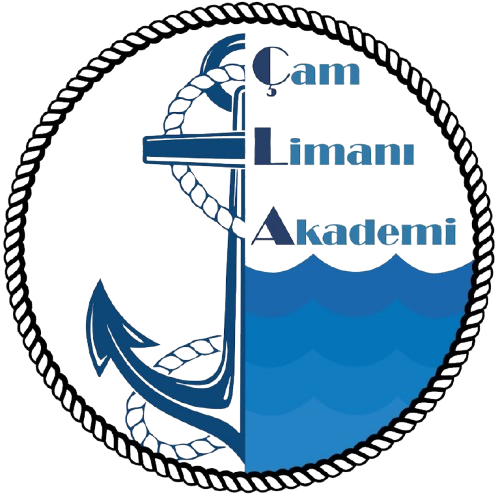This is an interesting question that I’m frequently asked. It seems that each Summer, the media is inundated with reports of new discoveries of historic shipwrecks on the Great Lakes. These wreck finds have become media gold due to their visual appeal as well as the often-unexpected stories of how they were found.
Since 2010, twelve of the top twenty biggest missing ships on the Great Lakes have been found and over 100 smaller missing vessels of historical significance have given up the secret of their location.
To be clear, historic shipwrecks have been found annually on the Great Lakes since the 1960s, but the rate of discovery seems to be accelerating. This seems counter-intuitive, since the number of recreational scuba divers on the Great Lakes has decreased dramatically since the shipwreck diving heyday of the 1980s. Why then are Great Lakes shipwreck finds increasing?
The biggest reason for the acceleration in shipwreck discoveries is increased press coverage driven by social media. Nearly every find of historic vessel remains on the Lakes, regardless of how shallow or broken, garners regional and often national media coverage. This is partly due to the visual appeal of the imagery often accompanying the finds as well as the stories of how searchers “stumbled upon them.” News outlets closely monitor which stories generate clicks, and shipwreck discoveries are high on the human-interest scale. It is also true that many shipwreck finds were made without fanfare prior to the advent of social media and discoveries of shallow, broken shipwrecks were generally ignored by the media, but the rate of discoveries is definitely on the rise.
Another contributing factor is an increased awareness of the large number of shipwrecks still missing on the Lakes and their general state of preservation. The National Oceanographic and Atmospheric Administration (NOAA), has established three federally designated national marine sanctuaries on the Great Lakes, ostensibly to protect shipwrecks and interpret them to the public. The sanctuaries have increased public interest in the shipwrecks as local and regional community history resources. Some states, Wisconsin in particular, also have active maritime archeology programs which put shipwreck discoveries in the regional and national spotlight. This state and federal focus on Great Lakes shipwrecks has given them greater historical legitimacy.
Read The Scuba News Canada Article on the SS James Carruthers
The above factors have all created a greater awareness and interest, which has in turn, prompted fishermen, paddle-boarders, kayakers, airplane pilots and even armchair historians who scan Google Earth to be on the lookout for shipwrecks. The number of people who are aware of historic shipwrecks has increased and this has prompted increased reports of shipwreck remains poking out from under beaches, broken on reefs and sunken in harbor backwaters.
The biggest environmental factor that has enabled all of the above is the advent of Zebra and Quagga Mussels on the Lakes. Prior to the 1990s, visibility on the lower Great Lakes was generally less than ten feet and imagery of shipwrecks wasn’t nearly as visually captivating as it is today. The mussels have rendered much of the lower lakes crystal clear, and even deep wrecks can now be viewed in stunning detail. This clearing of the waters of the Great Lakes has also helped rehabilitate their image from murky and polluted to summer playgrounds for kayakers and paddle boarders. Stunning professionally shot photos of Great Lakes shipwrecks now garner thousands of clicks and feature in local tourism ads. Without the advent of Great Lakes shipwreck glamour photos made possible by Quagga Mussels, it seems unlikely that we would have three national marine sanctuaries on the Lakes. Likewise, clearer water makes it much easier to spot wrecks from the surface and even from Google Earth. When Google Earth released high-resolution, water-penetrating satellite imagery of the Great Lakes in 2013, it resulted in over fifty new shipwrecks being found in the shallows of all five Great Lakes.
The next biggest factor in the acceleration of shipwreck discoveries is remote sensing technology. Sidescan sonar, once the sole domain of research institutions and commercial salvors became available on most recreational fish finders in about 2010. As such, a wreck hunting tool once priced at $50,000 and up can now be had for under $1000, and even more powerful commercial sidescan sonars have decreased dramatically in price. This has opened the door for hundreds of history enthusiasts to look for lost ships on the Great Lakes. Remote Operated Vehicles (ROVs) have also come down dramatically in price. These underwater robots allow people on the surface to take virtual dives to deep objects on the bottom, enabling fast identification of targets that once required dangerous, resource-intensive technical dives.
Another technical factor that has made shipwreck discovery easier is the advent of Google Earth and satellite chart plotters. As late as the 1980s, wreck hunters still had to navigate with shore references as the outdated LORAN system couldn’t plot on a chart with sufficient accuracy. When accurate satellite GPS plotters came on the market, it revolutionized the ability for wreck hunters to plot search grids and track their coverage. The introduction of Google Earth further refined this ability, allowing grids to be accurately plotted and research to be verified through overlaying historical chart transparencies.
The above factors ensure that the acceleration of shipwreck discoveries on the Great Lakes will continue, despite the fact that relatively few people actually scuba dive on them. Surface-based shipwreck tourism is increasingly popular and shallow sites are now promoted as tourism resources for paddle boarders, kayakers and glass-bottom-boats. One wonders however, if we aren’t reaching a media saturation point with Great Lakes shipwreck discoveries. The finds are coming fast and furious, and the media often gives equal airplay to both minor and major finds. At some point, the clicks may slow down as the glut of finds becomes white noise and media fatigue with the subject kicks in.
Article Submitted From Brendon Baillod, President of the Wisconsin Underwater Archeology Association.
Brendon Baillod is a Great Lakes maritime historian and shipwreck researcher based in Wisconsin. He can be reached at baillod@gmail.com.
Follow Brendon @ Facebook
THE SCUBA NEWS Link !
DemirHindiSG 03 Eylül 2025-20:41







